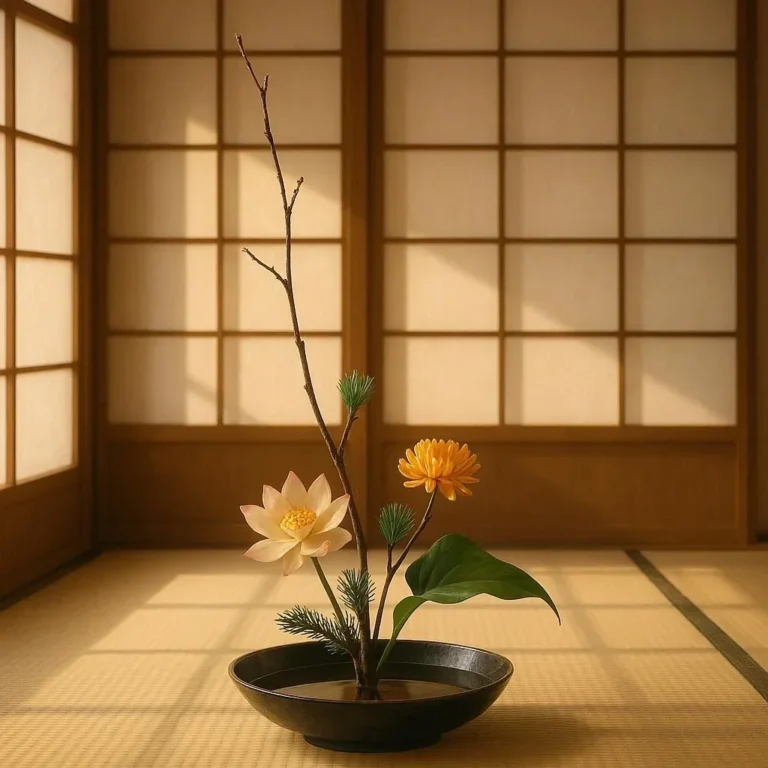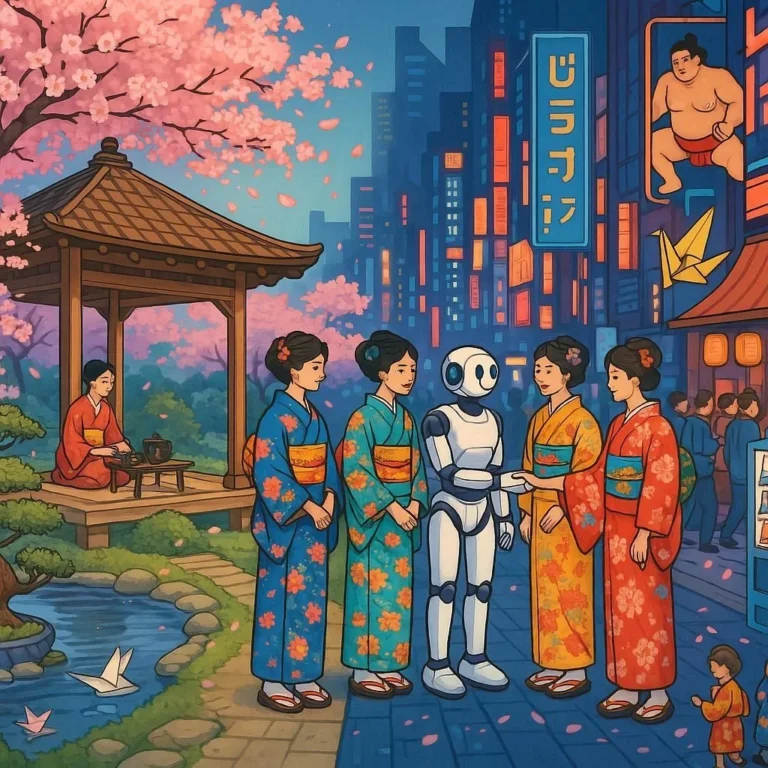501 views Exploring Japan’s Unique Lifestyles and Customs
A Journey Through Japan’s Distinctive Lifestyles and Traditions
Japan is a country where tradition and modernity coexist in harmony, creating a unique cultural tapestry that captivates visitors and intrigues scholars alike. From the bustling streets of Tokyo to the serene landscapes of rural villages, Japan’s diverse lifestyles and customs offer a fascinating glimpse into a society that values both heritage and innovation. In this blog post, we’ll delve into the distinct aspects of Japanese lifestyles, explore their cultural significance, and uncover the customs that define this extraordinary nation.
Traditional Japanese Clothing: More Than Just a Kimono
One of the most recognizable symbols of Japanese culture is the kimono, a traditional garment that reflects the country’s deep-rooted appreciation for artistry and precision. However, Japan’s traditional clothing extends beyond the kimono, encompassing a wide range of attire that varies by season, occasion, and region. For instance, the yukata, a lightweight summer kimono, is worn during festivals and firework displays, while the hakama is a traditional garment often worn by men during formal events.
The art of wearing a kimono is not just about the garment itself but also about the meticulous process of dressing. From the undergarments (nagajuban) to the obi (sash), every detail is carefully considered to ensure the wearer presents themselves with elegance and respect for tradition. For those interested in learning more about kimonos, visiting a traditional Japanese tea house or attending a kimono-making workshop can provide an immersive experience.
The Art of Japanese Dining: Etiquette and Customs
Japanese dining is not just about the food; it’s an art form that combines exquisite cuisine, precise etiquette, and a deep appreciation for the seasons. One of Japan’s most famous culinary customs is the traditional tea ceremony (chanoyu, sado or ocha), a ritual in which green tea (matcha) is prepared and served to guests in a specially designed room. The tea ceremony embodies the principles of harmony (wa), respect (kei), purity (sei), and tranquility (jaku), and it is a cornerstone of Japanese cultural heritage.
Beyond the tea ceremony, Japanese dining etiquette is filled with subtle customs that reflect the country’s emphasis on respect and gratitude. For example, before eating, it’s customary to say itadakimasu (I gratefully receive), and after finishing a meal, gochisousama deshita (thank you for the feast) is expressed. Slurping noodles loudly is also considered acceptable and even a sign of enjoyment in Japan, which might come as a surprise to foreigners.
Modern Japanese Lifestyle: Blending Tradition with Innovation
While Japan is renowned for its traditional customs, its modern lifestyle is equally fascinating. The country has embraced technology and innovation while maintaining a strong connection to its cultural roots. This blend is evident in everything from cutting-edge gadgets and high-speed trains to the minimalist design of contemporary Japanese homes.
One of the most interesting aspects of modern Japanese lifestyle is the concept of ikigai, which roughly translates to finding purpose or meaning in life. Rooted in the country’s philosophy of living a fulfilling life, ikigai has gained global attention as a lifestyle choice that emphasizes balance, passion, and contribution to society. For many Japanese people, ikigai is not just a personal philosophy but a way of life that influences career choices, relationships, and daily routines.
Unique Regional Customs and Festivals
Japan’s regional diversity is reflected in its numerous festivals (matsuri) and local customs, which vary greatly from one area to another. For example, the Aomori Nebuta Matsuri in northern Japan features colorful floats with illuminated lanterns, while the Gion Matsuri in Kyoto showcases ornately decorated floats and traditional performances. These festivals are not just entertainment; they are deeply rooted in local traditions and often have religious or historical significance.
One of Japan’s most unique customs is the Setsubun festival, which marks the beginning of spring. During Setsubun, people throw soybeans to ward off evil spirits and eat maki-zushi (sushi rolls) for good luck. This custom is a delightful example of how Japan’s festivals blend superstition, tradition, and community spirit.
The Role of Nature in Japanese Lifestyle and Customs
Nature plays a central role in Japanese lifestyle and customs, reflecting the country’s deep reverence for the natural world. This is evident in the tradition of hanami (cherry blossom viewing), where people gather in parks and under blooming cherry trees to celebrate the arrival of spring. The brief yet breathtaking beauty of the cherry blossoms (sakura) is not only appreciated for its aesthetic value but also seen as a reminder of the fleeting nature of life.
Another example is the autumn foliage (koyo), where the vibrant red and orange hues of changing leaves attract millions of visitors to temples, shrines, and mountainous regions. These seasonal celebrations highlight Japan’s unique ability to integrate natural beauty into daily life and cultural practices.
The Influence of Zen Buddhism on Japanese Customs
Zen Buddhism has profoundly influenced Japanese culture, shaping everything from architecture to everyday customs. The concept of wabi-sabi, which values imperfection and simplicity, is a direct reflection of Zen philosophies. This aesthetic is seen in traditional Japanese gardens, where meticulously raked gravel and imperfectly shaped stones create a serene and contemplative environment.
Zen principles also manifest in the Japanese tea ceremony, where the focus is on mindfulness and the beauty of the moment. The tea ceremony is not just a ritual but a spiritual practice that encourages participants to let go of worldly concerns and find inner peace.
Conclusion: Embracing Japan’s Unique Lifestyles and Customs
Japan’s unique lifestyles and customs are a testament to the country’s rich cultural heritage and its ability to balance tradition with modernity. Whether it’s the elegance of the kimono, the precision of the tea ceremony, or the vibrant energy of regional festivals, Japan offers countless opportunities to explore and appreciate its distinctive way of life.
If you’re planning a trip to Japan, we encourage you to immerse yourself in these customs and traditions. From attending a local festival to participating in a tea ceremony, there’s no better way to experience the heart and soul of this amazing country. Let Japan’s unique lifestyles and customs inspire you to appreciate the beauty in both the simple and the extraordinary.
Learn more about Japan’s culture and traditions.
Discover Japan’s official tourism website.
We hope you enjoyed this journey into Japan’s unique lifestyles and customs. Let us know in the comments below which aspect of Japanese culture fascinates you the most, and don’t forget to share this post with fellow travel and culture enthusiasts!






